Up Next

It’s very easy to look at qualifying as an overall set of times and assume that the slower cars that never make it past Q1 are much further off the pace than they really are.
But during these three sessions, there will normally be track evolution and, all things being equal, the grip level will improve. If the cars that dropped out after Q1 had the chance to run in Q3, they’d generally be faster purely because the track is better.
The other thing that comes into play is when each team drops the fuel down and uses its maximum qualifying engine modes and, more importantly, what qualifying mode steps they actually have left in the locker.
If we look at Q1, the top teams should have reasonable confidence that they will not need to get too adventurous. This means they will save that extra engine stress for later in the day.
At the other end of the running order, tail-end teams will have to give it everything they have and a bit more if they can find it.
So Q1 is not really a straight fight of 10 teams taking equal approaches – some are at their absolute maximum, others are taking it easy.
Which team is in which of these positions, is the million dollar question.
I analysed qualifying for the Hungarian Grand Prix today, taking the fastest lap each driver did in Q1, Q2 and Q3, and averaging them to try to identify a team strategy.
Mercedes
Q1-Q3 improvement: 1.690s
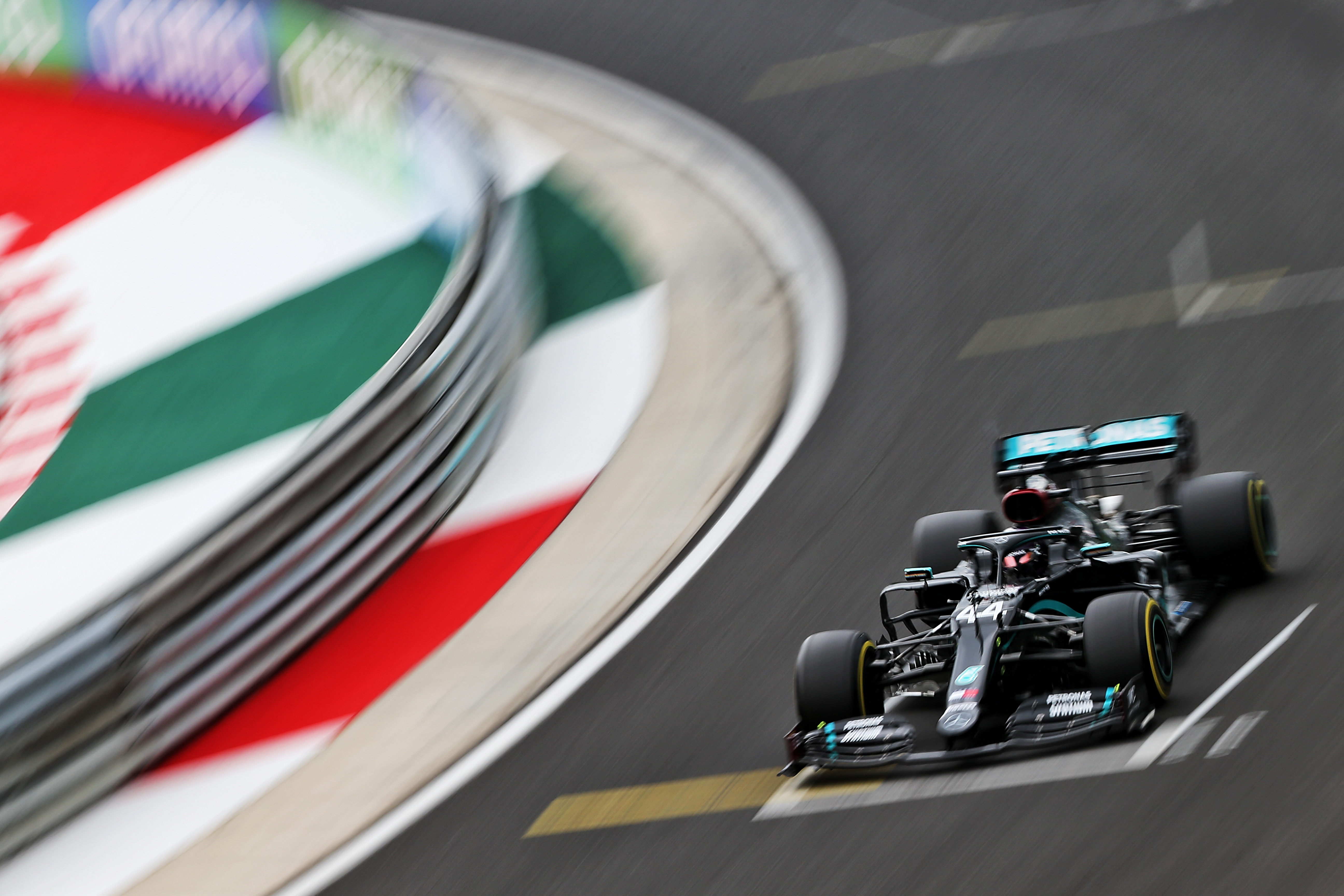
As you can see, Mercedes runs in Q1 with a bunch of time left in the bag.
If the going gets tough it could very easily use that extra performance but I don’t think the drivers pushed too hard in that first session because if they just do a clean lap then there are no problems with getting through to Q2 – or even, as we have seen on many occasions, locking out the front row.
Wet, dry, lightning strikes or whatever, Mercedes just keeps on doing a better job than anyone else.
Racing Point
Q1-Q3 improvement: 0.197s
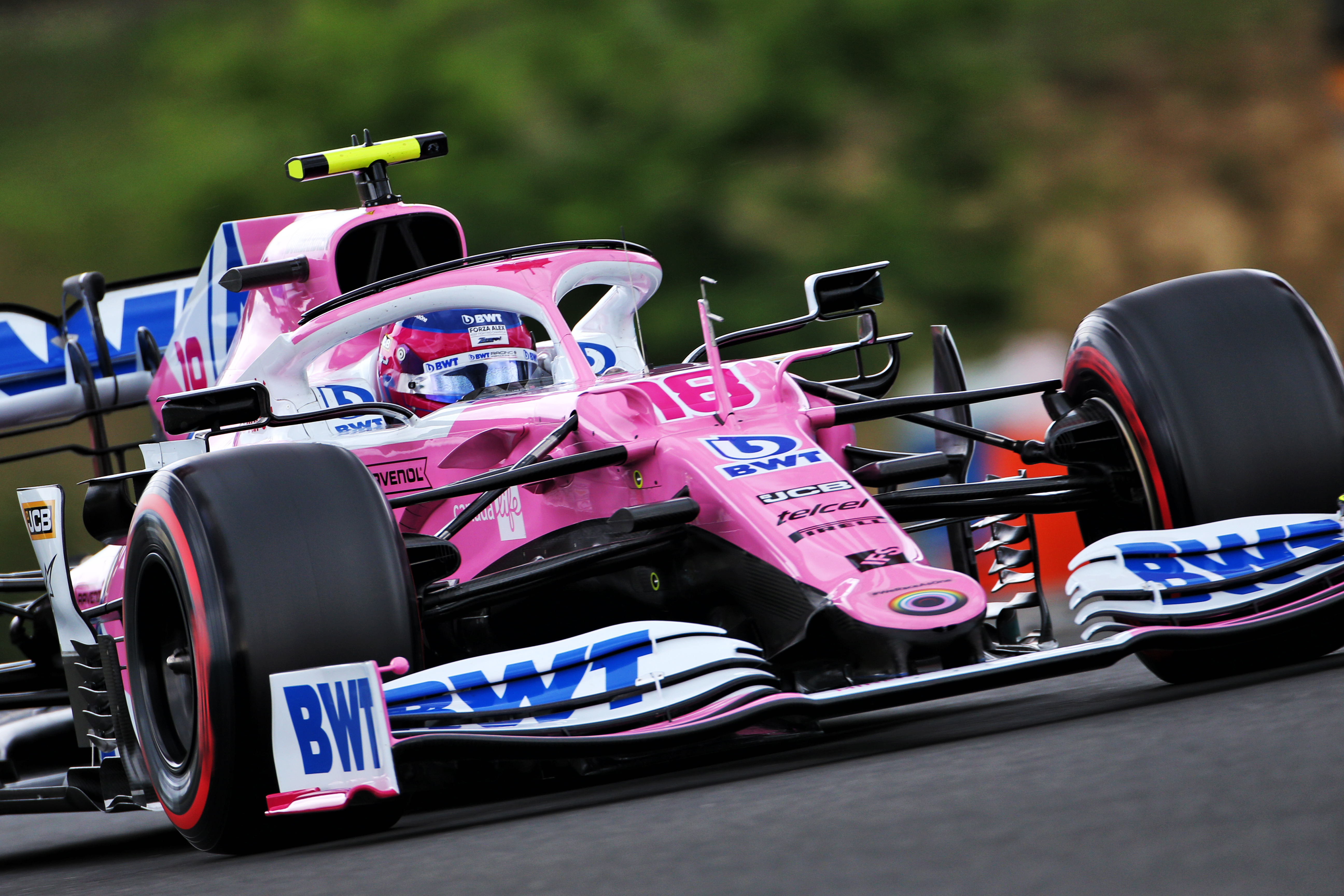
I suppose you could say this smaller increase is because the drivers gave it everything they could in all the sessions.
But for Sergio Perez and Lance Stroll, that’s not the wrong thing to do.
Racing Point is running in unchartered waters at the moment. Yes, it has had good performances before but this year it’s now about making sure its drivers are prepared to wring the car’s neck at each opportunity they have.
Ferrari
Q1-Q3 improvement: 0.828s
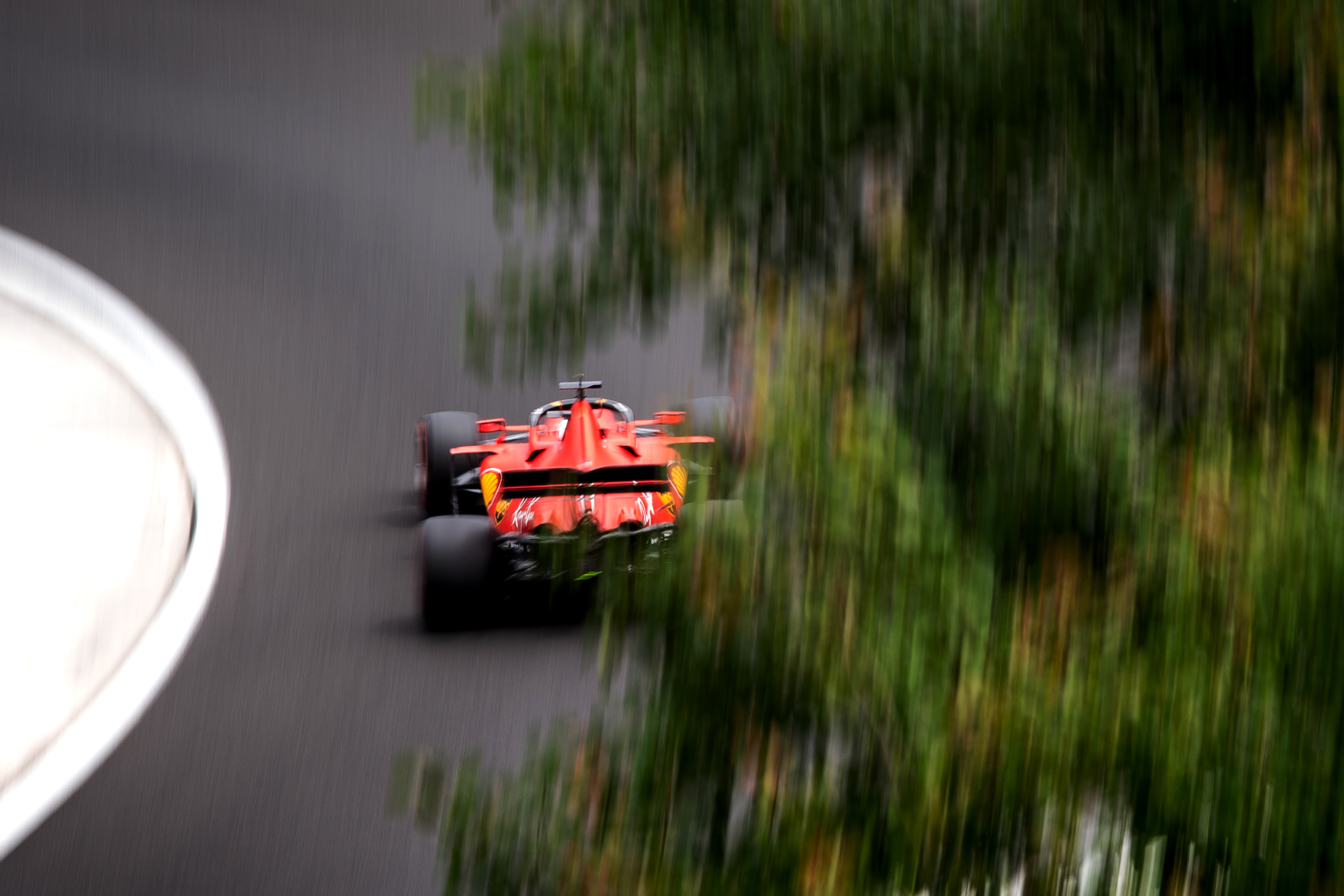
Actually, I’m surprised by how much Ferrari still had left in the tank in Q3.
I started out on this comparison expecting it to show that Ferrari didn’t have much left for when it needed it, but actually it ended up qualifying fifth and sixth. So that’s a marked improvement on its out and out performance over both Austrian races.
McLaren
Q1-Q3 improvement: 0.366s
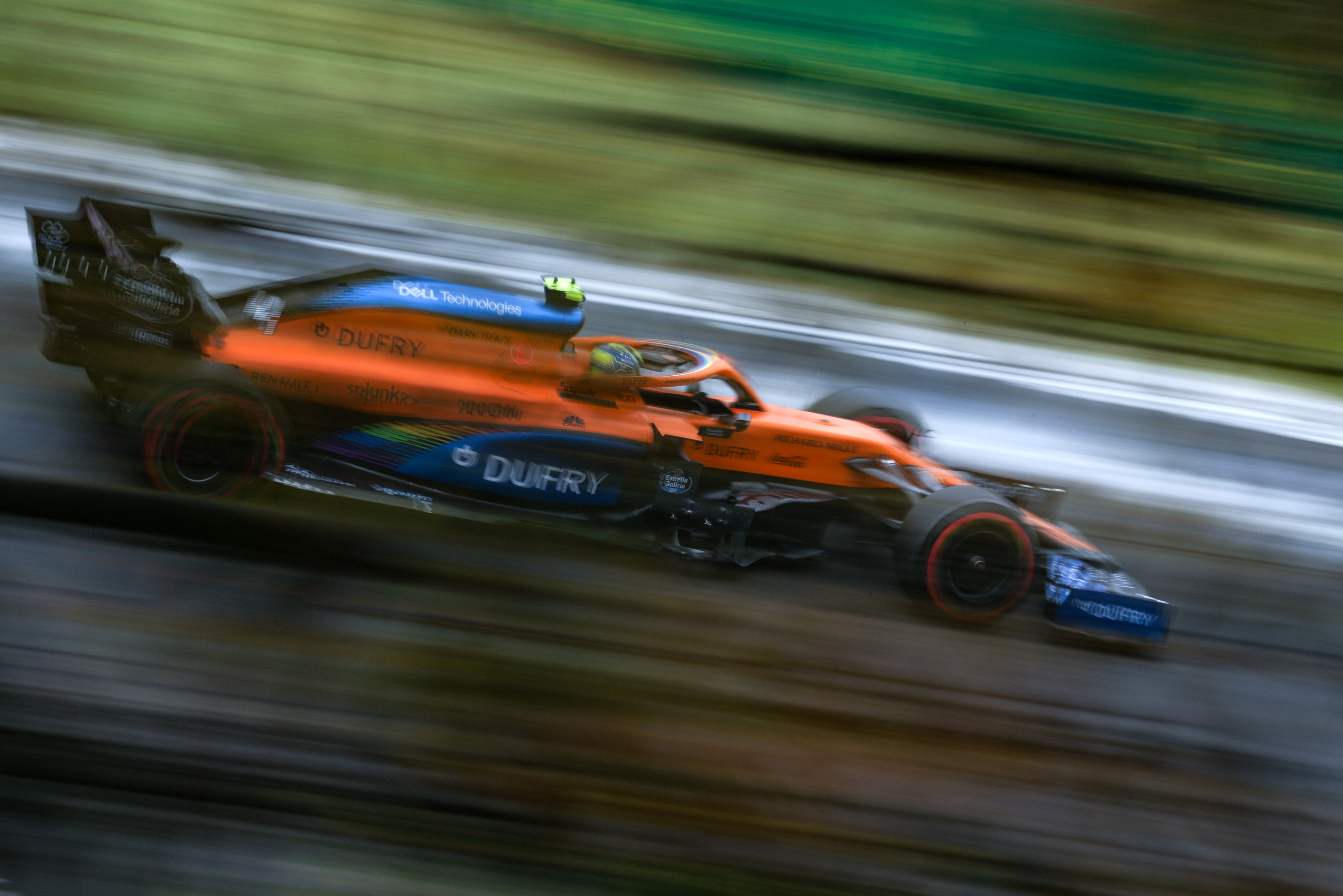
McLaren is stuck in the middle a little bit, so hedging its bets.
As the Renault works team shows below, it doesn’t have much in the way of qualifying engine modes so once again McLaren is showing it has a solid chassis package this year.
Yes, McLaren will be disappointed by only qualifying eighth and ninth but it normally has a decent race car.
Red Bull
Q1-Q3 improvement: 0.646s (one car, Verstappen)
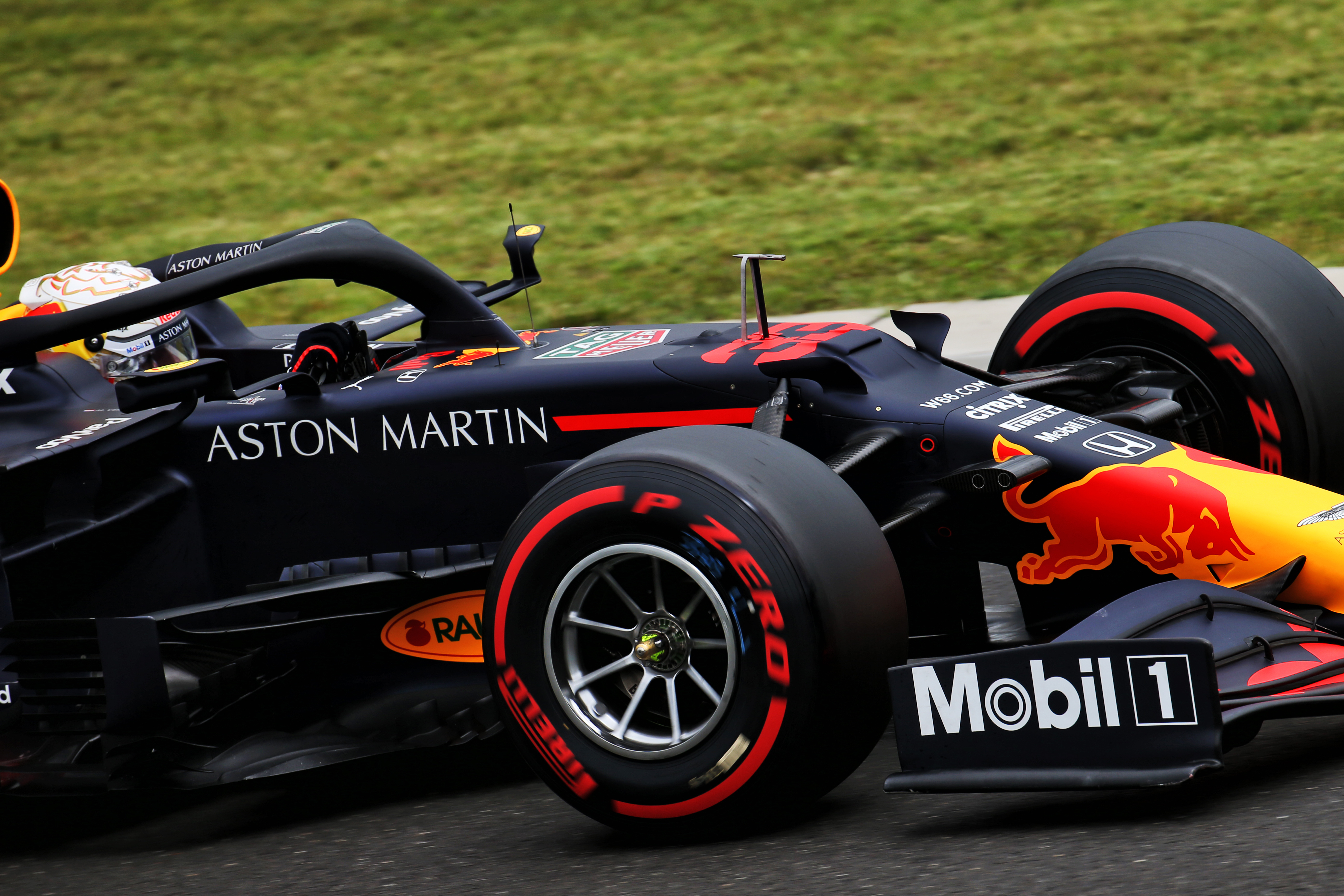
From my point of view, Red Bull is the disappointment of the season so far. I’m hearing that within the team the disappointment is leading to frustration and just a bit of finger pointing.
The car doesn’t look like it gives the drivers much confidence. It’s a bit understeery and when the driver adds a bit of steering lock it gets very nervous, Max Verstappen has the confidence to have a go but it’s going to eat Alex Albon up if Red Bull doesn’t get on top of it soon.
AlphaTauri
Q1-Q2 improvement: 0.259s
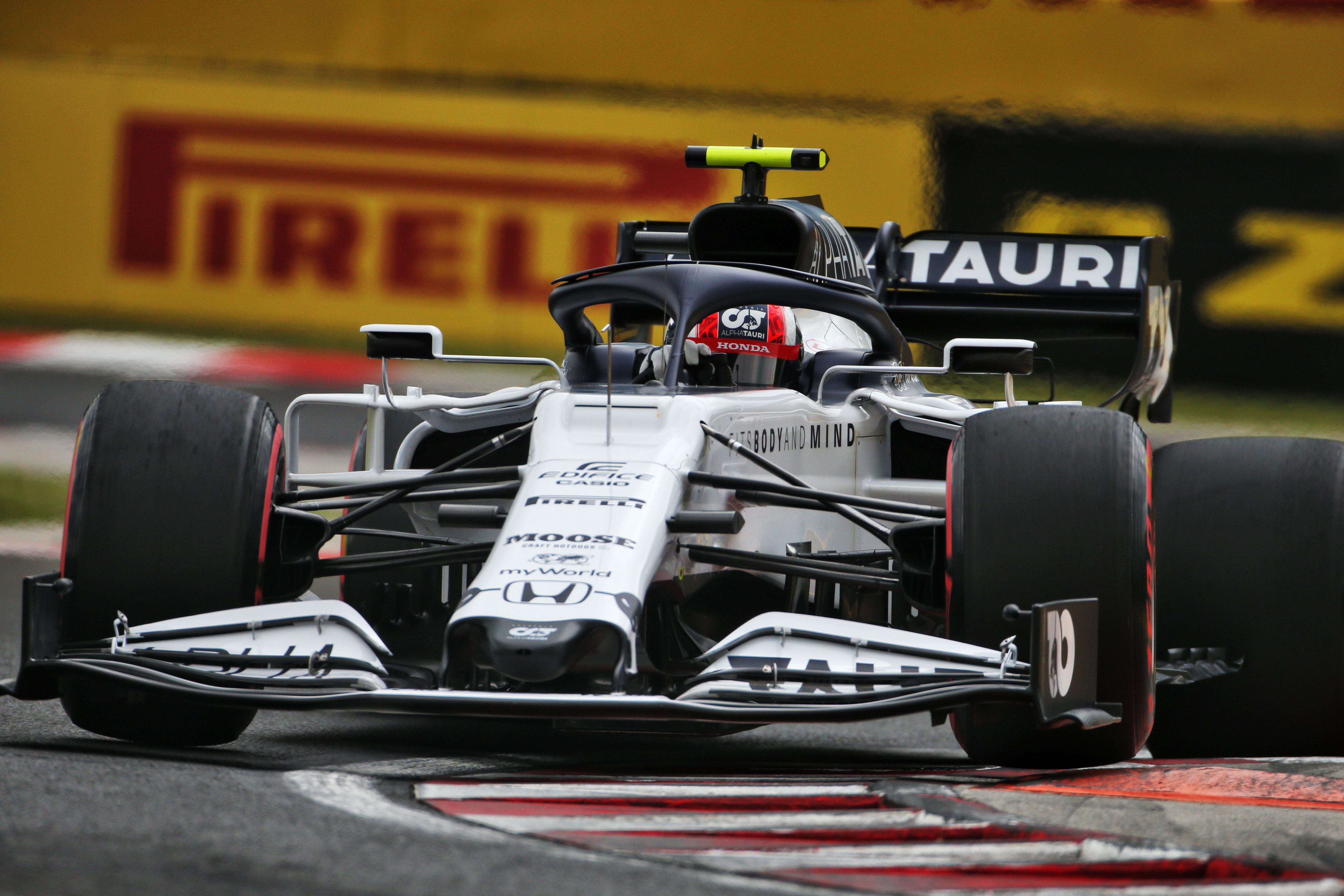
Pierre Gasly did not run in Q3 because of engine problems so we can only look at the Q1 to Q2 step. A car in the top 10 is a reasonable achievement for AlphaTauri and even if Gasly had been able to run, I don’t think there would have been much of an improvement in position.
The team seems to have had ‘finger’ problems all weekend and this is the sort of thing it needs to eliminate because it needs to be there if others trip up.
Renault
Q1-Q2 improvement: 0.082 seconds
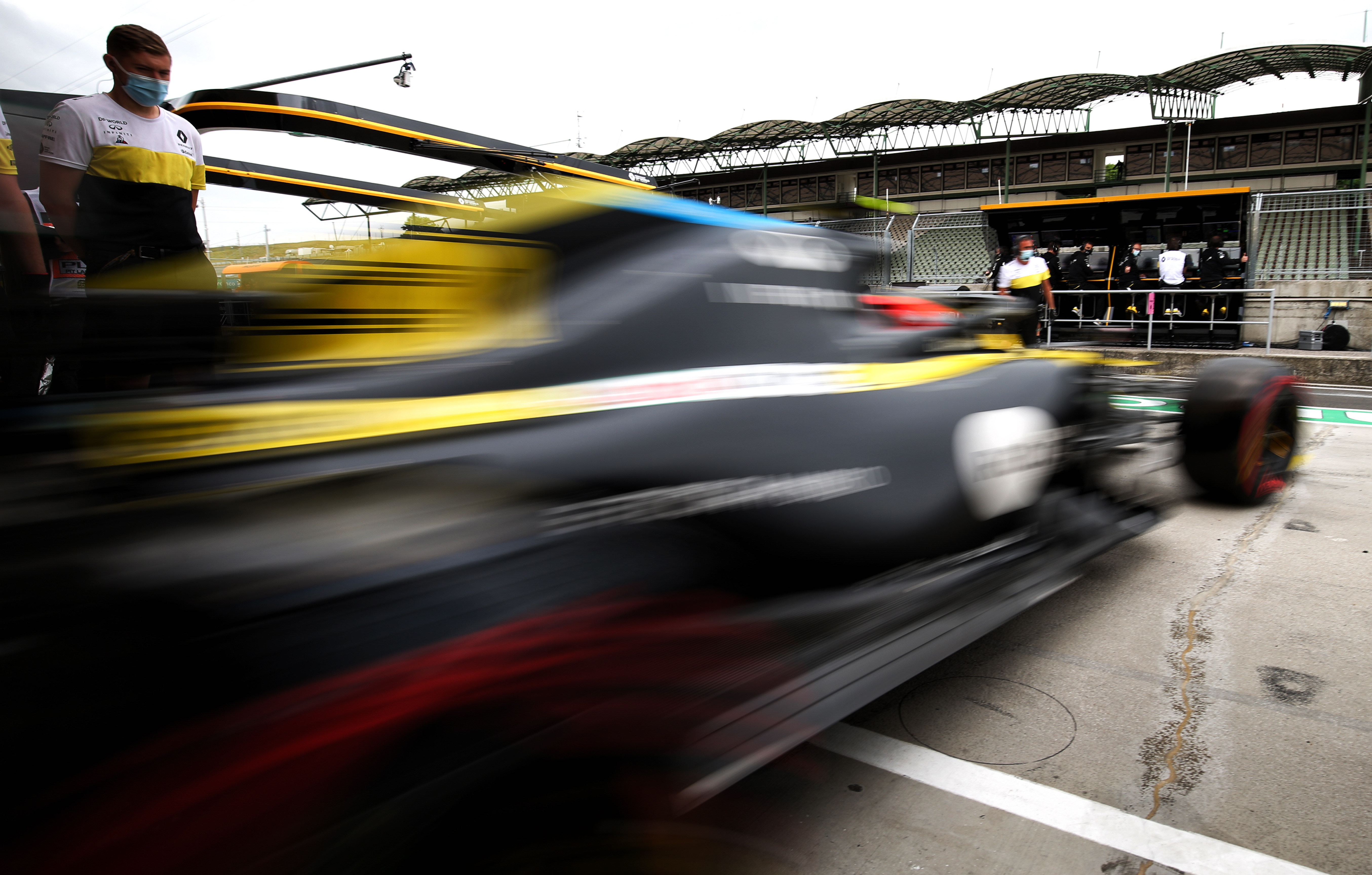
Nothing worth talking about left to improve its performance if, for any reason, it had got through to Q3, so basically Renault needs to keep an eye on who is coming up from behind as opposed to who it might catch.
Then again, the technical team is probably too busy filing protests.
Williams
Q1-Q2 improvement: -0.276 seconds
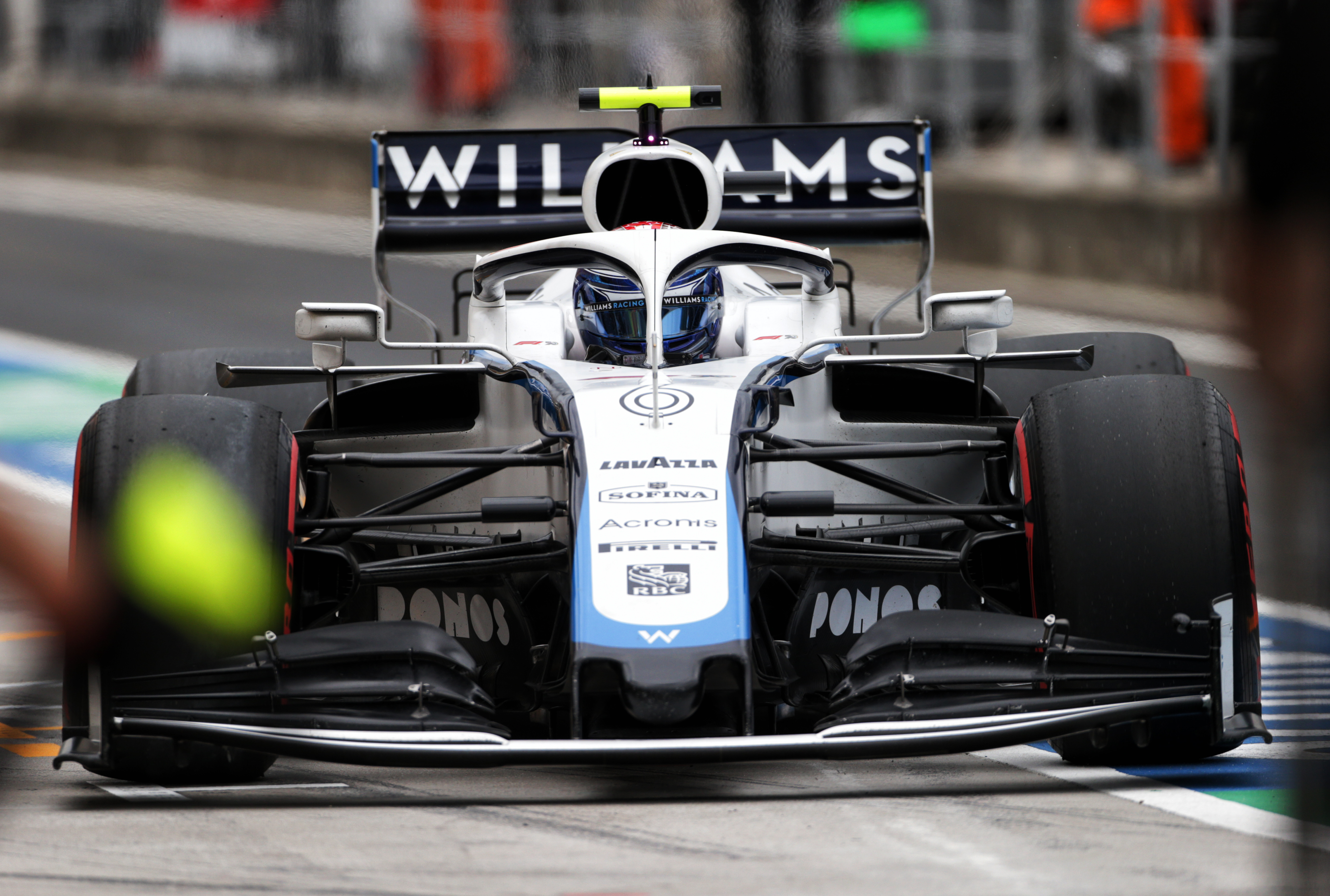
Basically, Williams shot its bolt in Q1 by using its strongest engine modes. But the team knows where it is and getting two cars through to Q2 was a major step forward and will build motivation for everyone in its squad.
Haas and Alfa Romeo
Both teams and both cars were eliminated in Q1, so we will have to wait for another day to see where they stack up.
I’m pretty sure they will have had every knob turned up to the maximum, but it still wasn’t enough to get them off the bottom of the timesheets.
We can safely say that all the teams have a long way to go before they are going to generate a challenge to Mercedes.
But it’s not Mercedes’ fault that, other than Racing Point, everyone else has screwed up in one way or another.
I think this must be just about the only time in the last couple of decades that four Mercedes cars have occupied the front two rows at a grand prix.
And I’m not only talking about power unit users…





